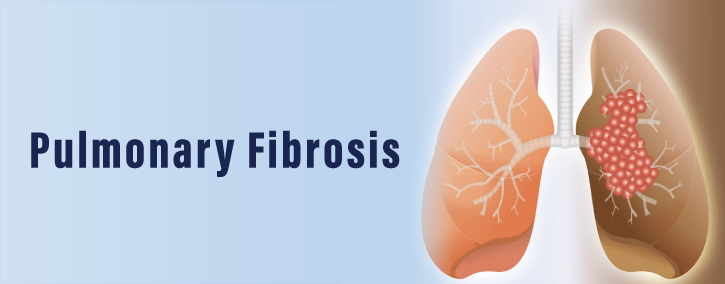![]() Written by: Sean Friel, RRT, Cardiopulmonary Manager
Written by: Sean Friel, RRT, Cardiopulmonary Manager
Wickenburg Community Hospital
Publication Date: 9-14-20
The Disease
There are approximately 200 types of Pulmonary Fibrosis (PF). The most common is Idiopathic PF (IPF). The actual cause is unknown hence the title idiopathic and fibrosis referring to the scarring that occurs to the lung tissues. Other causes would include exposure to environmental hazards (such as asbestos) and autoimmune diseases (such as rheumatoid arthritis). This scarring makes the lung tissue thickened and stiff which in turn makes it more difficult for the lungs to function properly. As this disease progresses, most people start to feel shortness of breath.
This is a chronic or long-term disease process that generally happens in four stages. Mild, moderate, acute, severe, and very severe. As the disease progresses the patient’s lung capacity decreases.
What does IPF look like?
If you have IPF, you may have rapid, shallow breathing or a dry, hacking cough that doesn’t go away. When a doctor listens to your breathing through a stethoscope, he/she may hear a crackling noise in your lungs. You may also get “clubbing” — a widening and rounding of your fingertips and toes.
The Treatment
There is no cure for IPF but, with certain drugs and working with a pulmonary rehabilitation program can help reduce symptoms. Some other treatments may improve symptoms temporarily, slow the disease’s progression, and may also help improve quality of life. Some patients may also qualify for a lung transplant.
Oxygen therapy is commonly prescribed for patients with PF. The therapy is used to treat low levels of oxygen in the blood, which is caused by scarring in the lungs. The scarring inhibits the transfer of oxygen and carbon dioxide to and from the body.
Technological Advances for IPF
The administration of stem cells to IPF patients may be possible to generate the new lung tissue necessary for effective gas exchange. Mesenchymal stem cells (MSCs) are now being investigated to treat IPF due to their ability to potentially reduce inflammation in the lungs.
Find more information about Pulmonary Fibrosis @ wickhosp.com/pulomaryfibrosis




